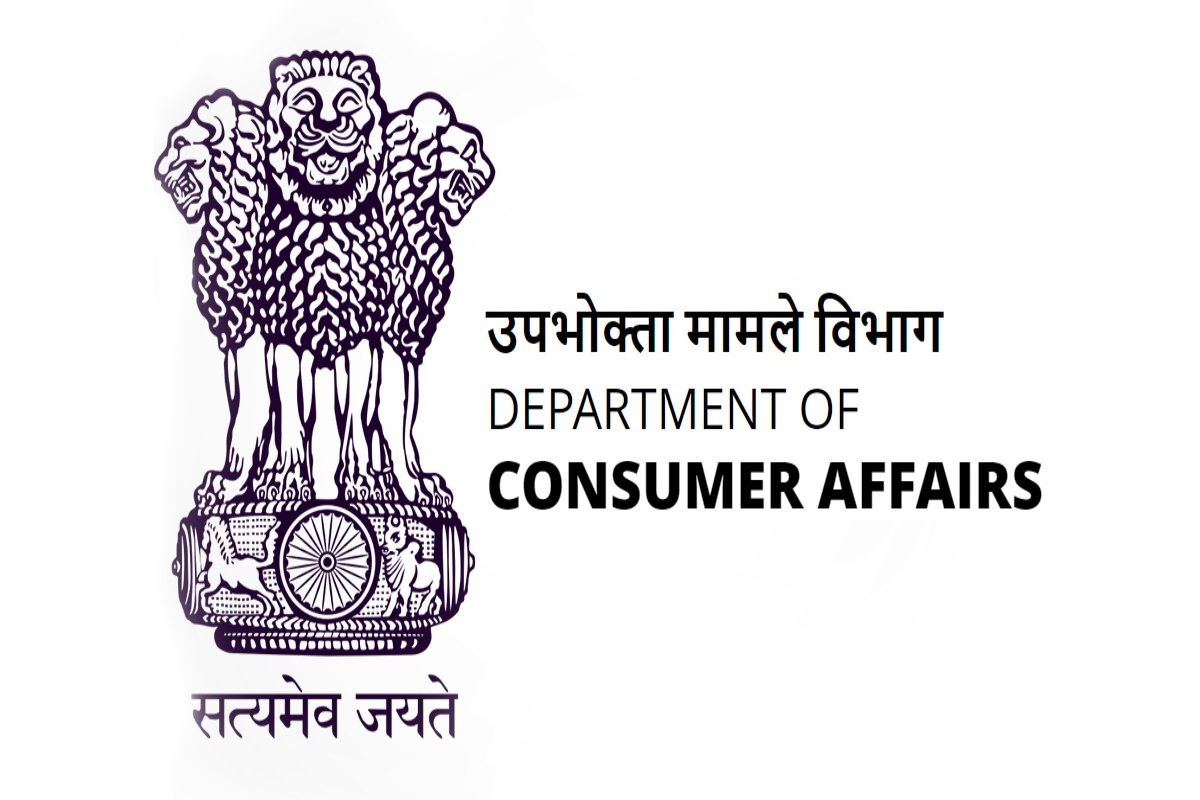The government has urged online platforms to refrain from incorporating any design or pattern in the online interface of their platform that may deceive or manipulate consumer choice and fall in the category of dark patterns.
In a letter addressed to major online platforms in India, Rohit Kumar Singh, Secretary in the Department of Consumer Affairs advised online platforms to not engage in ‘unfair trade practices’ by incorporating dark patterns in their online interface to manipulate consumer choice and violate ‘consumer rights’ as enshrined under Section 2(9) of the Consumer Protection Act, 2019.
It is pertinent to note that dark patterns involve using a design and choice architecture to trick, coerce or influence consumers to make choices not in their best interest. Engaging in such deceptive and manipulative conduct by using dark patterns in online interfaces unfairly exploits consumers’ interests and constitutes ‘unfair trade practice’ under the Consumer Protection Act, 2019.
Recently, regulators in other jurisdictions such as the European Union, the US, and the UK have taken action against dark patterns involving unfair and deceptive practices in online interfaces which were found to be detrimental to consumers.
The activities which the platforms were observed to be indulging include: Non-consensual enrolment in subscription programs (USA); Pressure selling using misleading countdown clock (UK); Secretly saving credit card information and charging users without consent (USA)’ and Putting in place a cancellation process designed to deter consumers from opting out of subscription (Norway).
Some examples of Dark Patterns are: False Urgency: This tactic creates a sense of urgency or scarcity to pressure consumers into making a purchase or taking action; Basket Sneaking: Websites or apps use dark patterns to add additional products or services to the shopping cart without user consent; Subscription Traps: This tactic makes it easy for consumers to sign up for a service but difficult for them to cancel it, often by hiding the cancellation option or requiring multiple steps; Confirm Shaming: It involves guilt as a way to make consumers adhere. It criticizes or attack consumers for not conforming to a particular belief or viewpoint; Forced Action: This involves forcing consumers into taking an action they may not want to take, such as signing up for a service in order to access content; Nagging: It refers to persistent, repetitive and annoyingly constant criticism, complaints, requests for action; Interface Interference: This tactic involves making it difficult for consumers to take certain actions, such as canceling a subscription or deleting an account; Bait and Switch: This involves advertising one product or service but delivering another, often of lower quality; Hidden Costs: This tactic involves hiding additional costs from consumers until they are already committed to making a purchase; and Disguised Ads: Disguised ads are advertisements that are designed to look like other types of content, such as news articles or user-generated content.
With the growing penetration of the internet and rising smartphone usage in India, consumers are increasingly choosing e-commerce as the preferred mode of shopping. In such a scenario, it is essential that online platforms do not indulge in unfair trade practices by incorporating dark patterns which result in a harmful or undesirable outcome for the consumer.
Consumers can report instances of ‘dark patterns’ or provide feedback and report such manipulative online.












